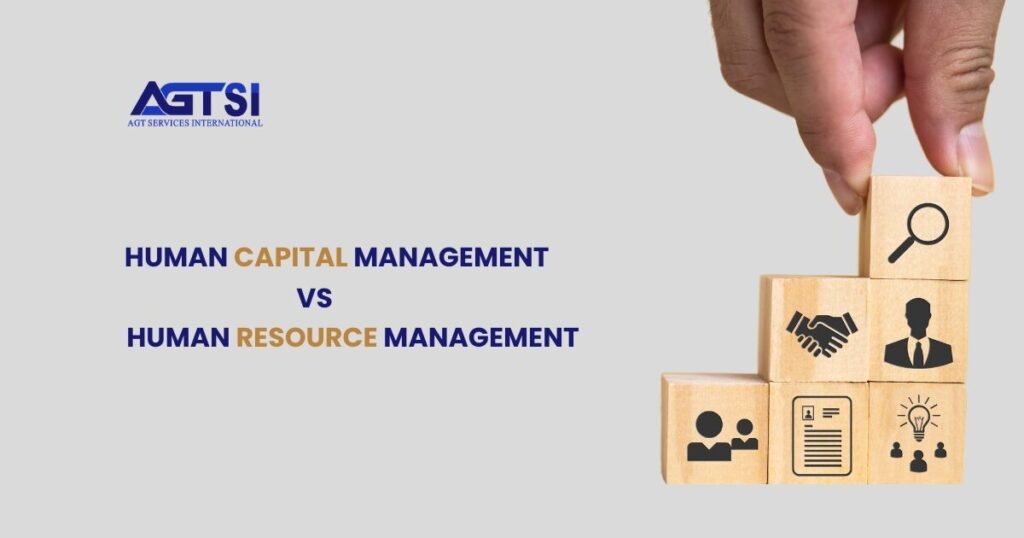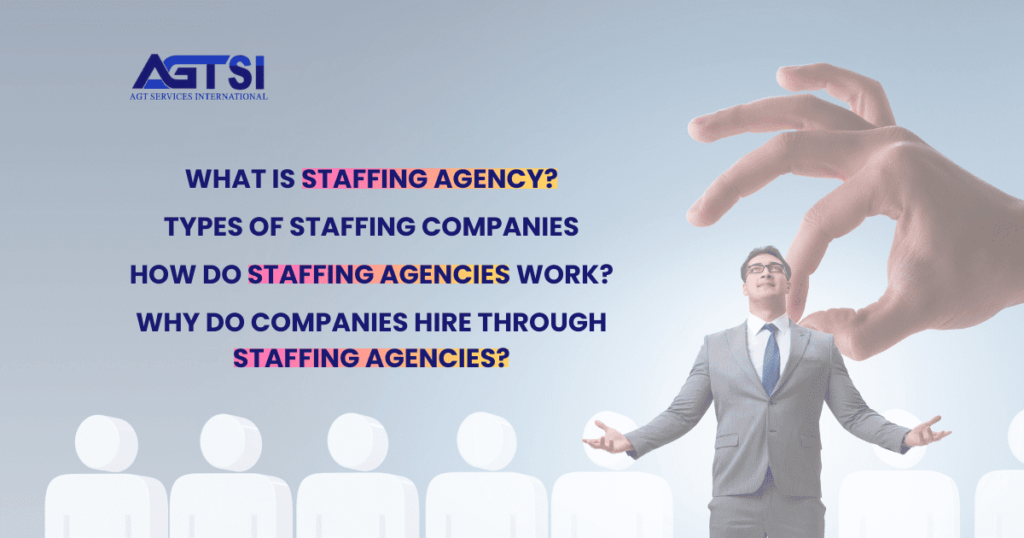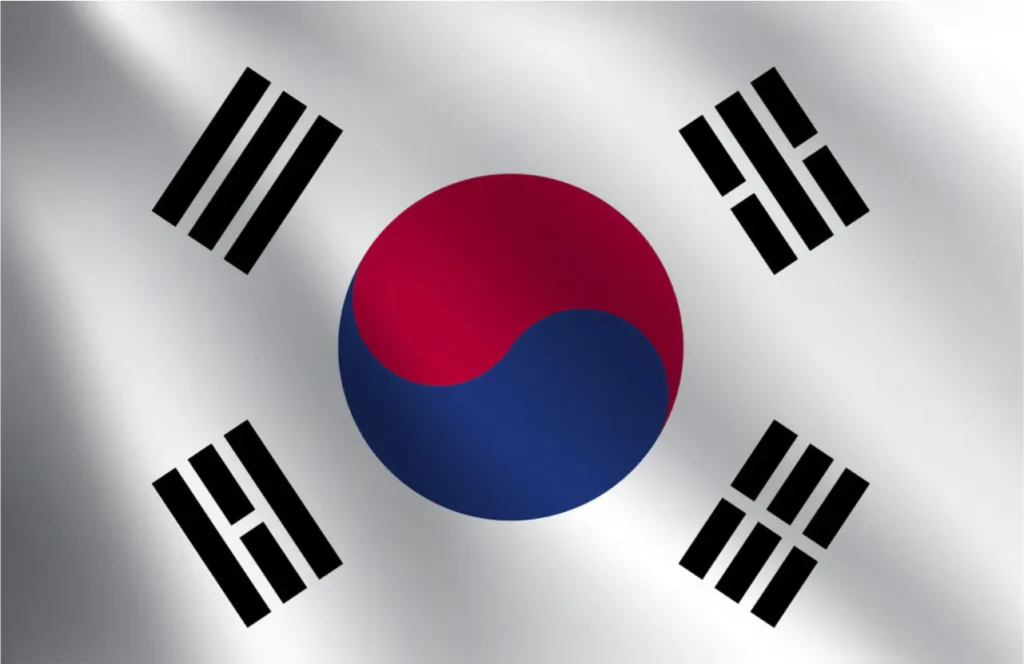In the domain of workforce management, the terms Human Resource Management vs Capital Management often come up. While they are related, Human Resource Management and Human Capital Management (HRM VS HCM) contain different contents and objectives. Understanding these differences is important for organizations aiming to optimize their workforce strategies.
In this article, we’ll explore the differences between Human Resource Management vs Human Capital Management ,clearing light on their special roles and benefits.
What is Human Resource Management (HRM)?
Human Resource Management (HRM) focuses on the organizational and operational functions related to managing employees. Human Resource Management contains a wide range of tasks, including recruitment, where the goal is to attract and hire the best talent; training and development, which ensures employees develop necessary skills and knowledge; performance review, aimed at considering and improving employee performance; and payment management, which involves structuring salaries, wages, and benefits packages.
Additionally, Human Resource Management includes supporting labor laws and regulations to maintain lawful and honorable standards. Basically, Human Resource Management is about managing the entire employee lifecycle from hiring to retirement, providing that all processes are productive, useful, and coordinated with organizational goals.
Key Functions of HRM
1. Recruitment and Selection: Attracting and hiring the right talent.
Recruitment and selection are vital Human Resource Management functions selected for attracting and hiring the right talent. The process starts with placing job vacancies and preparing convincing job descriptions to attract talented candidates. Recruitment methods include using job representatives, social media, and employee suggestions.
The selection process involves filtering resumes, performing interviews, and considering candidates to confirm they own the necessary skills and fit the company culture. Effective recruitment and selection help build a talented, united team that causes organizational success.
2. Training and Development: Ensuring employees have the necessary skills and knowledge.
Training and development focus on providing employees with the skills and knowledge they need to perform their jobs effectively. This includes onboarding new hires, offering continued professional development, and providing specialized training programs. By investing in employee growth, organizations improve performance, increase job satisfaction, and encourage career advancement.
3. Performance Management: Evaluating and improving employee performance.
Performance management involves considering employee performance through regular reviews and feedback. It aims to identify strengths, address faults, and set goals for improvement. By providing clear expectations and continuous support, organizations can improve employee productivity and cause overall success.
4. Compensation and Benefits: Managing salaries, wages, and benefits packages.
Compensation and benefits involve structuring and managing employee pay, including salaries, earnings, and benefits packages. This provides fair and competitive salary, which helps attract and maintain talent while maintaining employee satisfaction and motivation.
5. Employee Relations: Addressing workplace issues and ensuring employee satisfaction.
Employee relations focus on promoting positive relationships between employees and the organization. This involves managing workplace disputes, settling violations, and encouraging open communication. By prioritizing employee satisfaction and well-being, organizations can develop a supportive and productive work environment, leading to higher confidence and maintenance rates.
6. Compliance: Adhering to labor laws and regulations
Observation includes confirming that the organization follows all applicable labor laws, regulations, and industry standards. This includes areas such as fair labor practices, workplace safety, and non-discrimination policies. By staying obedient, organizations reduce legal risks, maintain ethical standards, and maintain a positive reputation in the industry.
What is Human Capital Management (HCM)?
Human Capital Management (HCM) adopts a strategic mindset, identifying employees as valuable assets whose worth can be increased through investment and focusing on maximizing human capital value by coordinating HR strategies with organizational objectives. HCM involves promoting the growth and development of the workforce through training and career advancement opportunities.
Additionally, Human Capital Management combines technology to simplify processes and make data-driven decisions. By prioritizing employee well-being and skill improvement, Human Capital Management improves organizational skill and competitiveness in the market.
Key Components of HCM
1. Workforce Planning: Analyzing and forecasting workforce needs to coordinate with business goals.
Workforce planning involves investigating current workforce relationships and projecting future staffing requirements to coordinate with organizational objectives. By considering factors such as skills openings, turnover rates, and market directions, organizations can expect staffing needs and preventively address them. This strategic method ensures that the right talent is available at the right time to support business goals, improving productivity and skill.
2. Talent Management: Identifying, developing, and retaining top talent.
Talent management involves identifying high-potential individuals, encouraging their skills through training and development programs, and implementing strategies to keep them within the organization. By focusing on attracting, developing, and maintaining top talent, businesses can build a skilled and motivated workforce, driving long-term success and invention.
3. Learning and Development: encouraging continuous learning and career development.
Learning and development industries prioritize continuous skill improvement and career growth possibilities for employees. By providing training programs, guidance, and educational resources, organizations assign their workforce to adapt to developing industry movements and increase their careers. This promotes a culture of continuous learning, improves employee attention, and finally pushes organizational success through a skilled and smart workforce.
4. HR Analytics: Using data to make informed HR decisions and measure outcomes.
HR analytics involves making use of data to make data-driven human resources decisions and consider the usefulness of HR processes and industries. By examining metrics such as employee performance, turnover rates, and recruitment usefulness, organizations can gain a valuable understanding of workforce directions and behaviors, allowing them to optimize their HR processes and improve overall organizational performance.
5. Employee Engagement: Enhancing job satisfaction and motivation.
Employee engagement focuses on creating a positive work environment where employees feel motivated, respected, and engaged in their roles. By encouraging open communication, providing opportunities for growth and excellence, and promoting work-life balance, organizations can improve job satisfaction and motivation among their workforce. Engaged employees are more productive, creative, and loyal, contributing to overall organizational success and performance.
6. Succession Planning: Preparing for future leadership and key roles within the organization.
Succession planning involves identifying and developing internal talent to fill key leadership and essential roles within the organization in the future. By preventively developing employees for improvement and confirming a smooth change of responsibilities, organizations can reduce risks associated with leadership gaps and prove continuity of operations. This strategic approach to talent management provides the long-term stability and success of the organization.
Comparing (HRM VS HCM). Human Capital Management vs Resource Management
While HRM is essential for the day-to-day management of employees, HCM takes a more complete and long-term view. Here are some key differences.
| Key Differences | Human Capital Management | Human Resource Management |
| Focus | Highlights strategic planning and maximizing employee possibility. | Primarily focuses on administrative functions and observation. |
| Scope | Contains a wider range of activities, including talent management and workforce optimization. | Deals with specific HR functions such as hiring, payroll, and employee relations. |
| Approach | Courageous, expecting future needs and planning accordingly. | Often reactive, addressing issues as they arise. |
| Technology Integration | Making use of advanced analytics and combined platforms to drive strategic initiatives. | Uses HR software for managing day-to-day tasks. |
Benefits of Integrating HCM and HRM
Benefits of Integrating Human Capital Management (HCM) and Human Resource Management (HRM)
1. Improved Decision-Making
Integration of HR data with strategic understandings allows organizations to make data-driven decisions concerning talent investment, development, and continuance. By observing workforce metrics alongside business objectives, leaders can identify directions, expect future needs, and distribute resources effectively.
2. Improved Employee Experience
Integrating HRM vs HCM enables a complete approach to employee development and engagement. By combining training programs, career improvement opportunities, and performance reviews with individual objectives and organizational goals, employees feel valued and authorized, leading to higher job satisfaction and holding rates.
3. Increased Efficiency
Integration simplifies administrative processes and stops routine tasks, freeing up HR professionals to focus on strategic ambitions. By automating routine tasks such as payroll processing, benefits administration, and performance objectives, organizations can optimize resource distribution and improve working efficiency.
4. Better Alignment with Business Goals
Integrating HCM and HRM ensures that HR strategies are closely combined with overall business objectives. By actively involving HR professionals in strategic planning sessions and decision-making processes, organizations can make use of their expertise to develop workforce strategies that directly contribute to organizational success. This coordination allows HR departments to ahead of time expect talent needs, address skill gaps, and support business growth ambitions.
Final Thoughts
Understanding the differences between Human Capital Management vs Resource Management (HRM VS HCM) is important for organizations desiring to succeed in today’s competitive environment. While Human Resource Management focuses on managing the employee lifecycle, Human Capital Management takes a more general view, aiming to optimize the value of human capital.
By combining both approaches, organizations can confirm they are not only managing their workforce effectively but also promoting a culture of continuous growth and development, thus managing the key differences between Human Capital Management vs Resource Management.




















